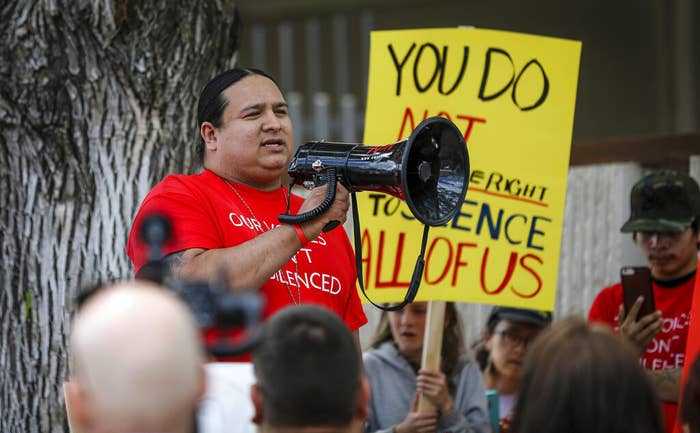
After more than a decade of protests and legal battles, the Keystone XL pipeline is officially over.
TC Energy Corporation announced on Tuesday that it had terminated the project “after a comprehensive review of its options, and in consultation with its partner, the Government of Alberta."
The controversial pipeline was first proposed in 2008 to expand the transport of oil sands, a type of petroleum deposit found in Alberta, Canada, into the US. The proposal immediately sparked outrage from environmental activists, Indigenous tribes, and other landowners living along its proposed route.
The news comes a few months after President Joe Biden revoked the project’s permit by executive order, citing concerns about its climate footprint. Oil sands are far more carbon intensive to produce and use compared to regular oil.
Environmentalists immediately cheered the news.
“For 13 years, an international movement of frontline communities in the U.S. and Canada, Indigenous leaders, and environmentalists fought back against this terrible proposed project at every turn,” said Sierra Club executive director Michael Brune in a statement. “Today, we can say yet again, that our efforts were a resounding success.”
“The TransCanada announcement is a relief to those of us who stood in the pipeline’s path," said Fort Belknap Indian Community President Andy Werk in a statement. "We were not willing to sacrifice our water or safety for the financial benefit of a trans-national corporation. We are thrilled that the project has been canceled."
The initial plan was for the Keystone XL pipeline to transport roughly 800,000 barrels of oil sands from Hardisty, Alberta, to Steele City, Nebraska, where it would have linked up to an existing pipeline. The project was pitched by TC Energy, then called TransCanada Corporation, as a safer and more efficient way to transport fossil fuels than train or truck.
But a growing number of landowners and activists weren’t convinced, raising concerns about the project’s potential impact on wildlife, water resources, and the climate. Major pipeline spills, including along the company’s original Keystone pipeline, fueled opposition.
After initially signaling it would approve the project, the Obama administration ultimately rejected the pipeline in November 2015. The decision seemingly put an end to a years-long political battle over its fate.
Then the Trump administration reversed course, issuing a presidential permit for the pipeline. But the move wasn't enough to actually get oil sands flowing, as the project still faced challenges in court. The project remained in limbo until Biden revoked the pipeline's permit on his first day in office.
